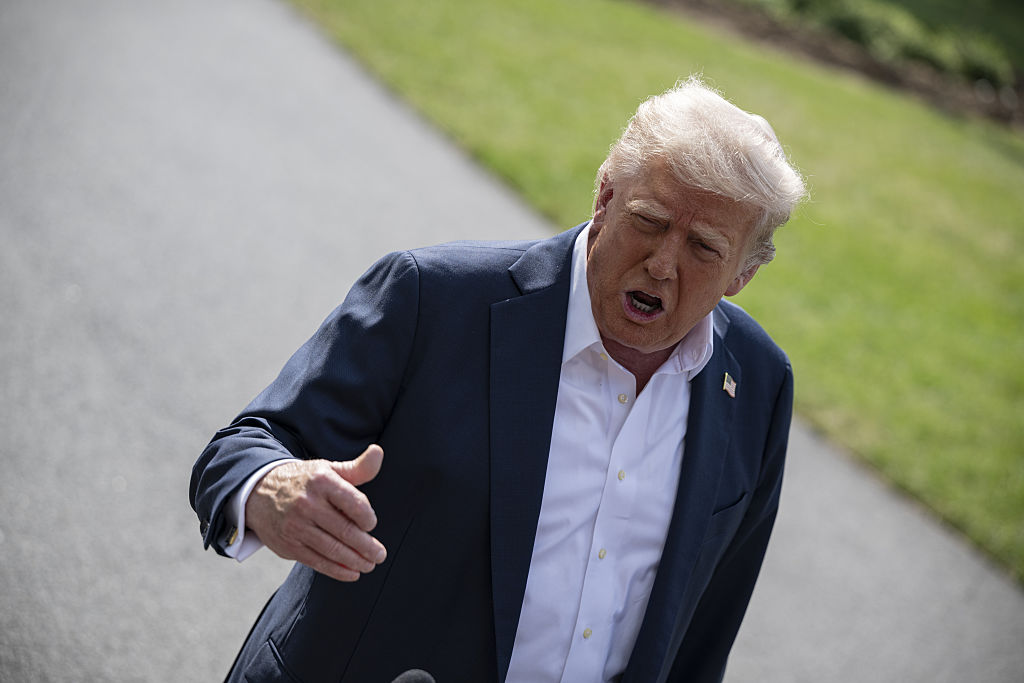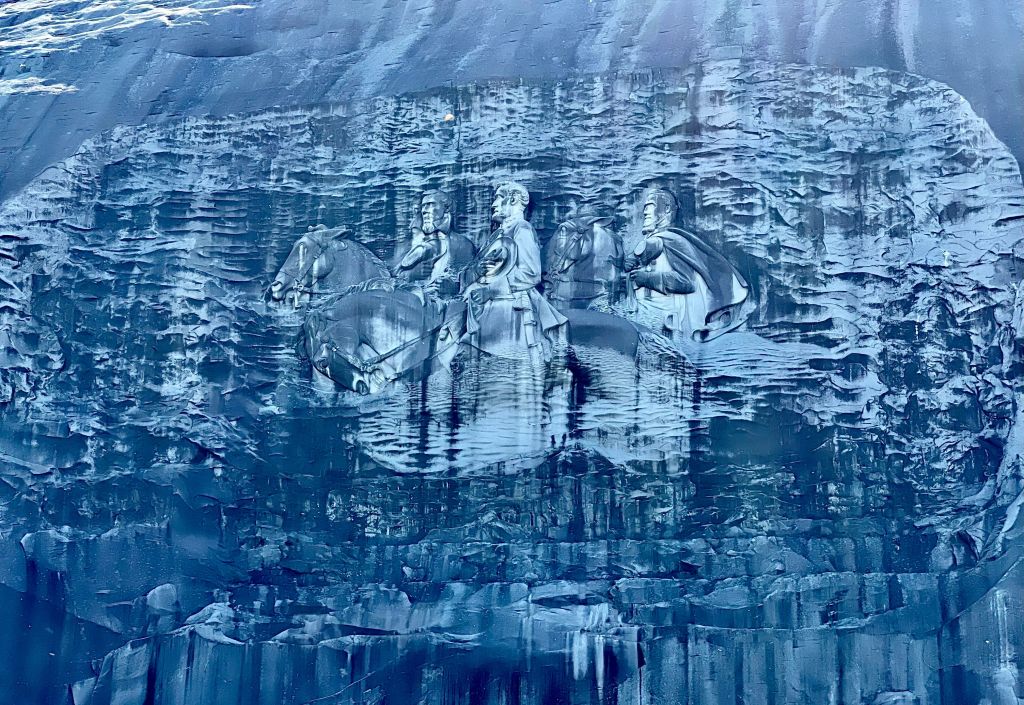Retired Cop Devotes Time To Exposing Corrupt Officers
For more than two decades, the 52-year-old former Hawthorne, Calif., police officer has made a living embarrassing cops with a video camera.
Stung by the rough treatment of his father during a 1987 traffic stop by another California department, Diop Kamau turned to a second career recording police across the country in compromising — often abusive — encounters with the public.
Some of the controversial videos made using hidden microphones and cameras found their way to network and cable television, exposing police to deserved criticism. Mostly, the videos helped launch a new generation of public accountability for local law enforcement. One of Kamau’s most effective weapons is a battered 1968 Chevrolet Impala, wired with microphones and cameras, that Kamau, who is black,drives to test the racial profiling tendencies of local police on behalf of paying clients.
VIDEO:
“Frankly, there are a lot of people with badges and guns who don’t like me very much,” Kamau says, motioning to the network of surveillance cameras that protect his home from unwanted visitors. “I step on a lot of toes.”
Starting with the grainy images first broadcast by Kamau and other pioneer citizen watchdogs — notably the 1991 beating of Rodney King in Los Angeles, shot by a nearby resident— the public surveillance of cops has exploded to potentially include anyone with a cellphone.
The videos are so ubiquitous that analysts and police debate whether they are serving the public interest — or undermining public trust in law enforcement and even putting officers’ lives in jeopardy. The videos are subjecting officers’ actions in public places to new scrutiny and changing the way accusations against cops play out in court. In some communities, police are fighting back by enforcing laws that limit such recordings. Other departments are seeking new training for officers to prepare for the ever-present surveillance on the street.
Read entire article at USAtoday.com
Share this post on Facebook! CLICK HERE:
Singers from the 90’s who need
reality shows [from TheUrbanDaily.com]
Lil Jon on board for new season
of Celebrity Appearance [from TheUrbanDaily.com]
Good cheating on NFL boyfriend with Young Money Rapper? [from
HelloBeautiful.com]
ladies of 2011: Wynter Gordon, Erin Christine & Maluca [from
HelloBeautiful.com]
Lamar Odom hires Kris Jenner as manager
[from HelloBeautiful.com]















